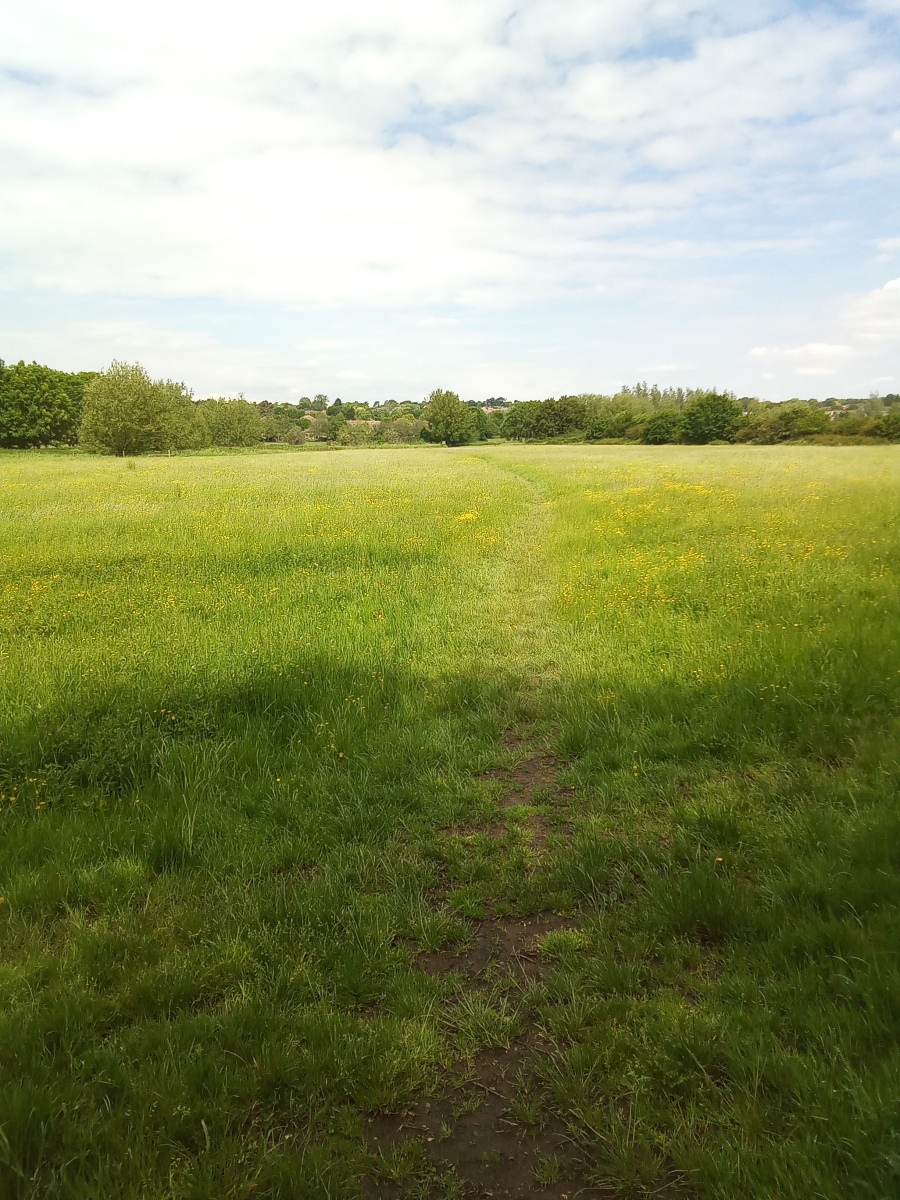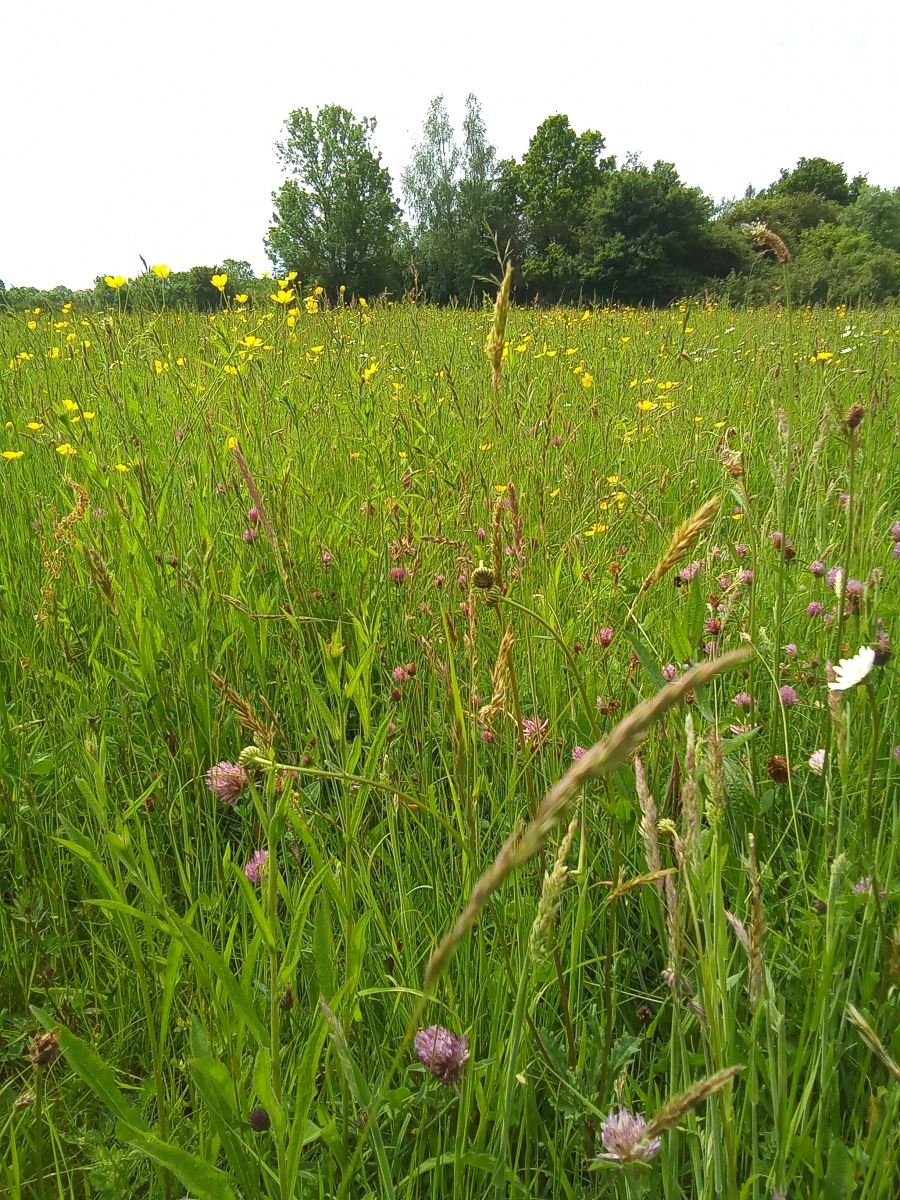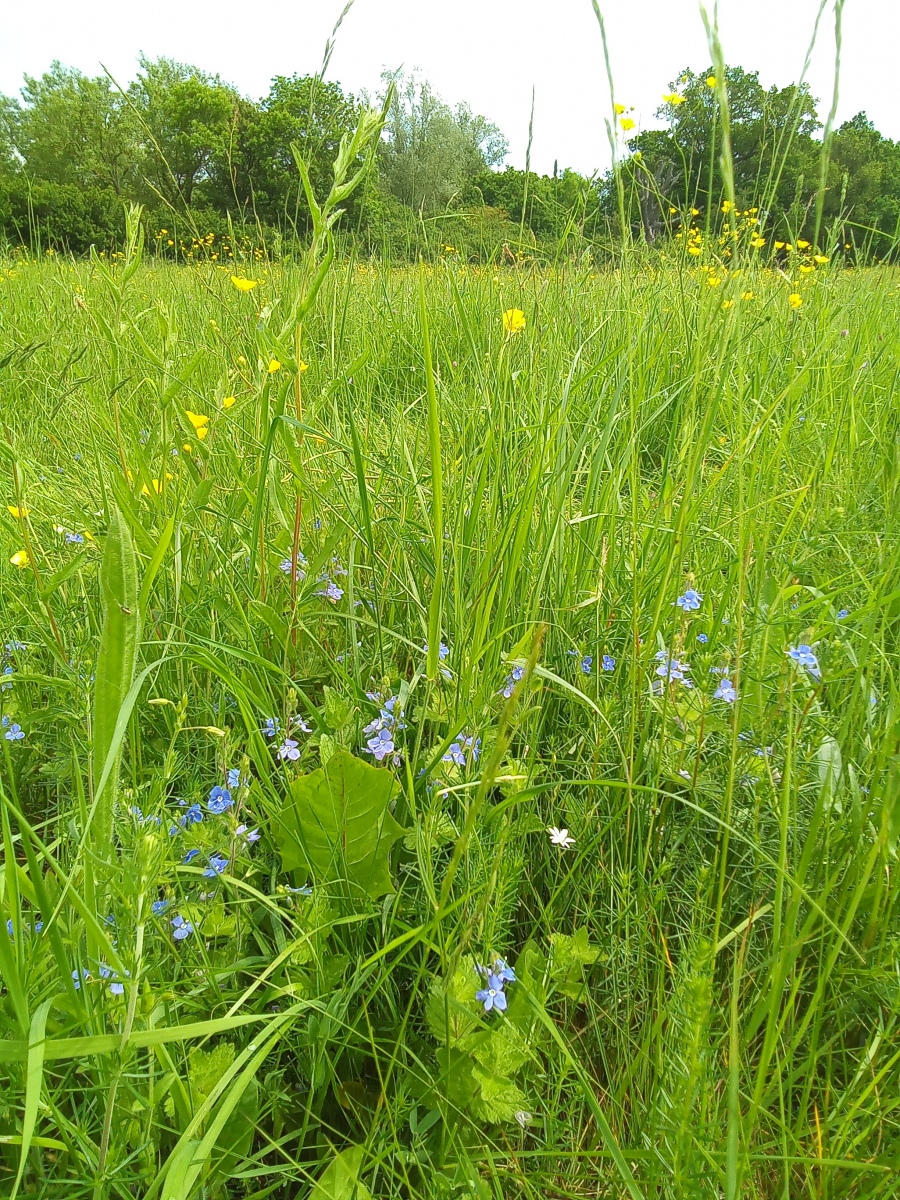Roding Valley And Chigwell Meadows Nature Reserve
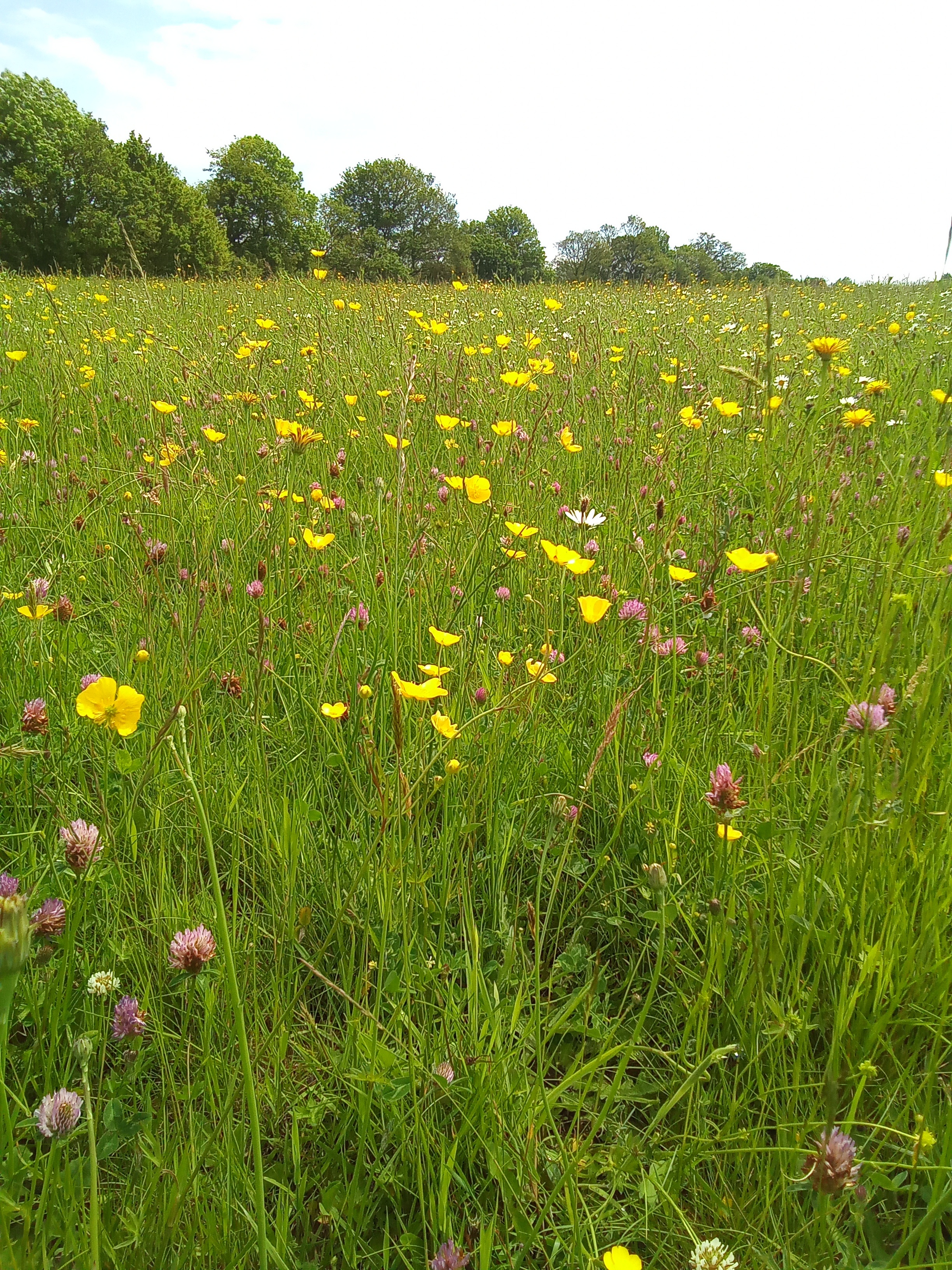
Roding Valley and Chigwell Meadows nature reserve straddle either side of the M11 and are in the centre of what was once the ancient parish of Chigwell which once stretched East to Hainault and West beyond Buckhurst Hill towards the river Ching, and included Lords bushes in Knighton Wood. Much of the area was agricultural land and flood plains either side of the river Roding. Chigwell village to the East and Chigwell Row hamlet to the South East of the parish were the more residential areas.
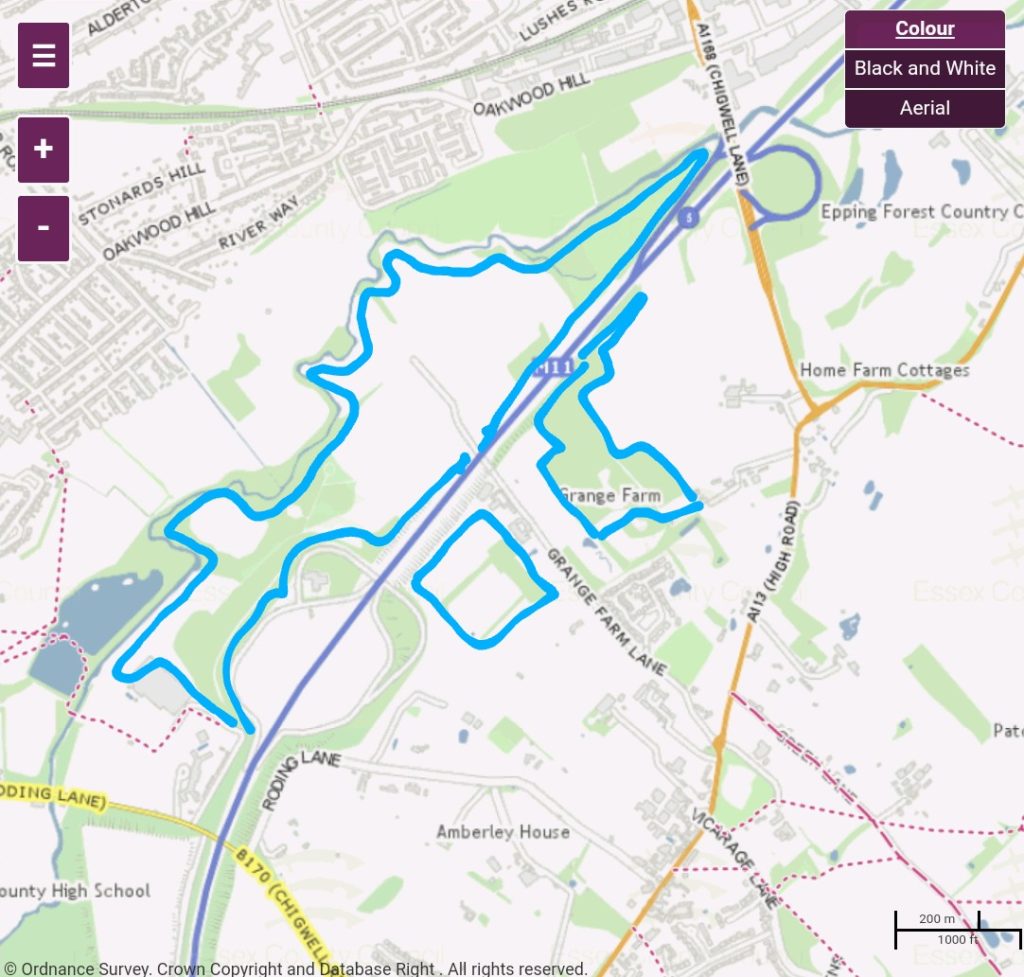
Ordnance survey map credit to Essex County Council
Of the old parish, Charles Dickens once said ‘Chigwell is the greatest place in the world, such a delicious old Inn opposite the Church. Such beautiful forest scenery. Such an out of the way place’. Indeed Chigwell formed the setting of some of his writings, most famously the Maypole Inn of his novel Barnaby Rudge was said to be based on the Kings Head Inn and inspiration for the name was taken from the Maypole Inn at Chigwell Row.
British History Online gives a detailed account of the development of Chigwell from its humble beginnings as a rural parish.
Over the centuries boundaries have changed and what was at one time a much larger sprawling parish has become smaller. The whole area is more residential today but much of Chigwell village has retained it’s rural appearance and what remains in the centre of what was once the ancient parish is now the Roding Valley and Chigwell Meadows nature reserve. Described as the largest remaining water meadows in Essex, this is also said to be possibly the largest traditionally managed semi natural flood plain and marsh in the South East. Some extremely rare plant species are found here which are unique to this ever diminishing habitat and can be found in few other locations.
This is a Site of Special Scientific Interest of huge national importance, managed largely by Essex Wildlife Trust. In these meadows some of the most endangered plant species such as the Southern Marsh Orchid grow among the more common Knapweed and Devil’s Bit Scabious. There are acres of wildflower meadows here which are incredibly rich in plant species dependant on a specialised marsh habitat, so unique are these meadows that you can find the largest beds of rare Brown Sedge in Essex and many other rare grasses. At least 15 ‘Essex Red List’ plant species have been recorded in the meadows and the list of more common and scientifically notable plants goes into the hundreds. Hay harvested from these meadows has been used successfully to ‘seed’ newly created meadows elsewhere in the district with incredible results, one of which was the Church Lane flood meadow in North Weald.
The nature reserve is surrounded by up to ten miles of ancient hedgerows providing home to countless nesting birds in summer. A number of birds of prey can also be found here including Barn Owl, Red Kite, Kestrel, and sparrowhawk. In summer nesting warblers can be seen and seed eating finches visit in autumn, kingfishers are never far away patrolling their territories along the edge of the river. Sandpiper, Snipe and Skylarks can also be found here. Studies in recent years noted at least 90 bird species thriving at the site. This ancient landscape is packed with invertebrates of all kinds providing food for an array of amphibians, birds and smaller mammals. Recent studies identified 18 species of dragonfly and damselfly, as well as 23 of the UK’s 56 resident butterfly species. This does not include the countless migratory species. It is possible to find signs of visiting Otters if you look carefully enough along the river bank. On closer inspection the river here teems with life. All of the usual freshwater fish can be found here from shoals of tiny Minnows all the way up the food chain to Pike, with some rather surprising finds in between such as the juvenile Flounder which swim upstream from the Thames estuary and stay here until they are large enough to fend for themselves and return to sea.
The meadows are grazed by Red Poll Cattle in summer and autumn. Hay cutting techniques are still used sensitively here, making this one of the few remaining traditionally managed wetland valleys. Often in winter the river Roding spills over it’s banks inundating these meadows, but in summer this beautiful habitat comes alive with flowering plants and wildlife. The two halves of the reserve are connected by a footbridge which crosses over the motorway, said to follow an old trading route from Epping Forest to Romford (although this is contested). In their entirety the Roding valley meadows cover approximately 160 acres. This is spread out across various habitats including wet meadows, dry grassland and surprisingly even an area of fen.
The best time to see the meadows in flower are from around mid May onwards. The management of the wildflower meadows is complex and timing is key to prevent less desirable plant species out competing the more desired. This involves a system of early summer hay cutting followed by aftermath grazing by cattle. The majority of the management is carried out by Essex Wildlife Trust with the help of volunteers and is done without the use of any kinds of chemicals or fertilizers in order to keep the meadows nutrient poor for maximum diversity in species. Although the river is the only reason these meadows exist, flood waters in winter which are too rich in nutrients from upstream can easily alter the fragile balance for the plant species here. Volunteer opportunities are often available to help with conservation work and more details about this can be found at the Grange Farm Centre website along with further visitor information about the Roding Valley nature reserve.
Access to the nature reserve West of the motorway is via parking next to the David Lloyd Centre, and to the East of the motorway via the Visitors Centre at Grange Farm off of Chigwell High Road on Grange Farm Lane. Alternatively there is a footbridge named after Charlie Moules which crosses over the river from the Roding Valley recreation ground into the meadows. A number of activities are offered at the Grange Farm Centre and wheelchair friendly paths are accessible in places, making this a perfect location for a day out visiting the meadows for anyone who feels like something a little bit different to the forest.


